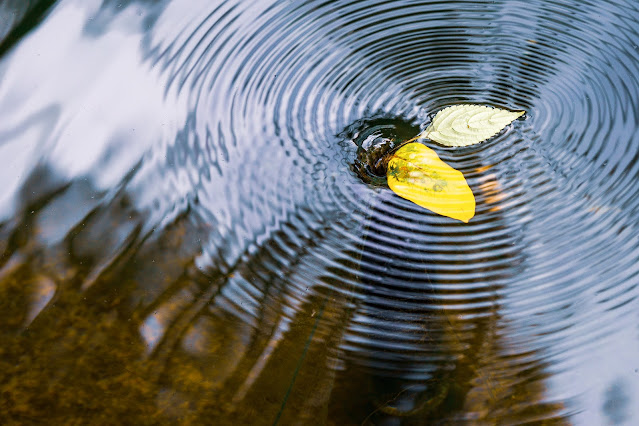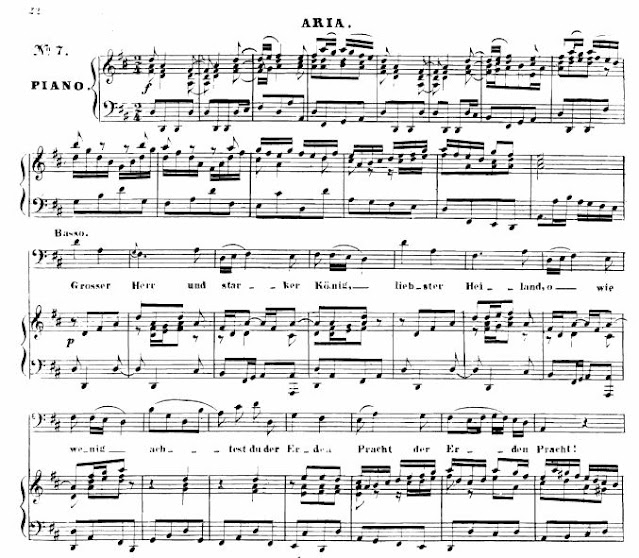Reflections on the water
Debussy wrote his two books of Images between 1904 and 1907. Both books consists of three pieces each.
Book I
2. Hommage à Rameau
3. Mouvement
Book II
2. Et la lune descend sur le temple qui fut
3. Poissons d'or
There is actually one recording of this piece that most critics and music lovers consider the best ever. That one is Arturo Benedetti Michelangeli's recording in Turin in 1962. His recording for DG a decade later is also masterful. This piece is recorded and played live often in concert, so there is a good chance you will be able to hear it in a concert hall near you.
But the first time I heard this was at college in the early 1980s. Mary Przypyszny played it not only in her senior recital and several times in the small recital hall but also from the orchestra pit during a student dance performance. I was a "techie" for the performance, changing the gels on the side-lights between the dances, so I was there for the rehearsals and both performances. And so was Mary. And she played this piece exquisitely every time!
I fell so in love with the piece that I practiced it all during the summer of 1982 before I went to Germany. I was working in the afternoons, so I had several hours of prime time in the morning to practice. After going through my Genesis pieces and some of the classical books I found lying around our house, I opened up my collection of Debussy's shorter pieces and opened it to "Reflets dans l'eau". The first page takes some patience with all its strange harmonies. You want to get them right the first time, so you don't learn them incorrectly. Then starting on the second page, you have lots of runs in the right hand. I didn't have a teacher for this piece - though my teacher had played this in recital just a few months beforehand - so I didn't really know how to practice these hard bits. I did the best I could and by the end of the summer I could play just about the whole piece. It is so much fun to play!
I'd like to recommend a beautiful rendition performed by a good friend of mine from Freiburg who is now teaching and performing in Milan. Yuko Ito is also the friend who used to play Beethoven's Op. 109 for me. She is quite a lovely artist.
For a wonderful little lesson on how one might interpret (and learn to love!) this piece, I recommend the Bulgarian pianist Emile Naoumoff's video, which is available online. I just realized he is the little boy in the film about Nadia Boulanger called Mademoiselle, which I discovered a few months ago. It was made in 1977 by Bruno Monsaingeon and provides a fascinating portrait of one of the great music teachers of the 20th century.





Comments
Post a Comment